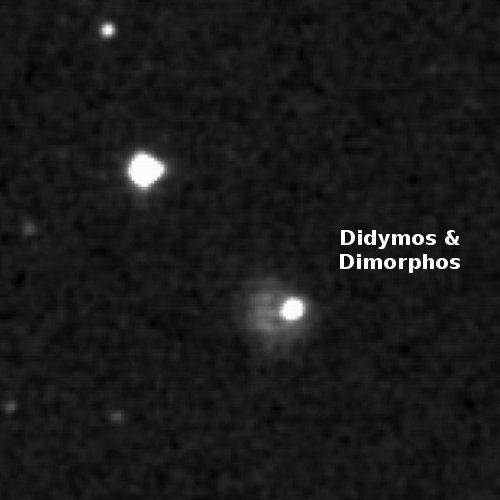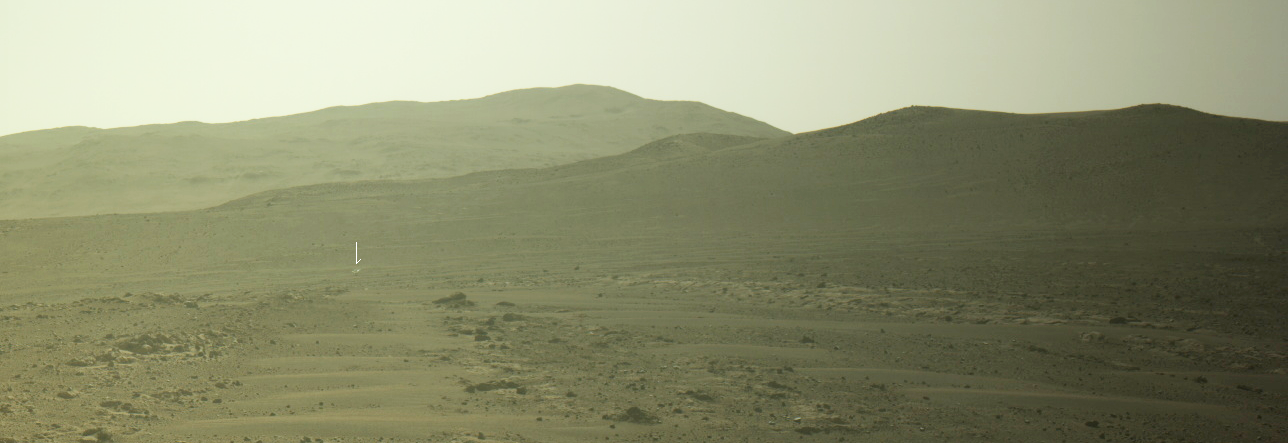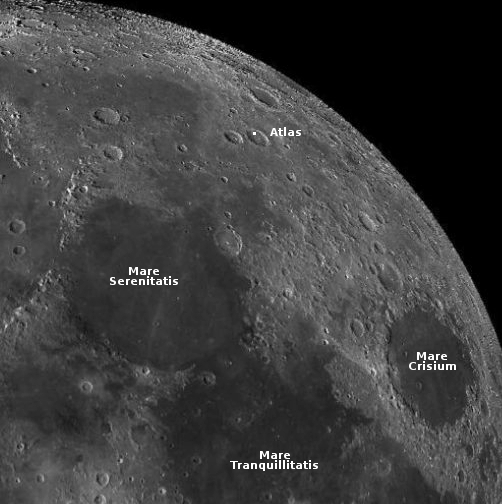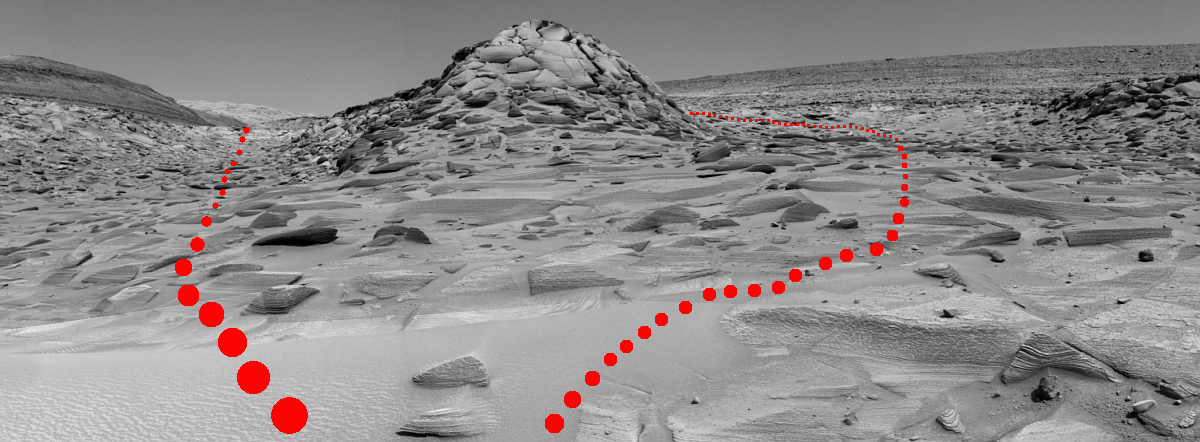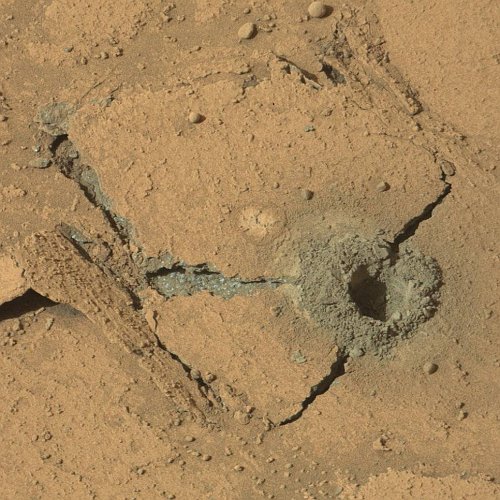SpaceX launches another 51 Starlink satellites into orbit
SpaceX today successfully placed another 51 Starlink satellites into orbit, using its Falcon 9 rocket and launching from Vandenberg Space Force Base.
The first stage completed its 12th flight, landing safely on a drone ship in the Pacific. The fairing halves completed their fifth and second flights, respectively.
The 2023 launch race:
15 SpaceX
7 China
3 Russia
1 Rocket Lab
1 Japan
1 India
American private enterprise now leads China 16 to 7, and the entire world combined 16 to 12. SpaceX by itself leads the entire world, including other American companies, 15 to 13.
SpaceX today successfully placed another 51 Starlink satellites into orbit, using its Falcon 9 rocket and launching from Vandenberg Space Force Base.
The first stage completed its 12th flight, landing safely on a drone ship in the Pacific. The fairing halves completed their fifth and second flights, respectively.
The 2023 launch race:
15 SpaceX
7 China
3 Russia
1 Rocket Lab
1 Japan
1 India
American private enterprise now leads China 16 to 7, and the entire world combined 16 to 12. SpaceX by itself leads the entire world, including other American companies, 15 to 13.


